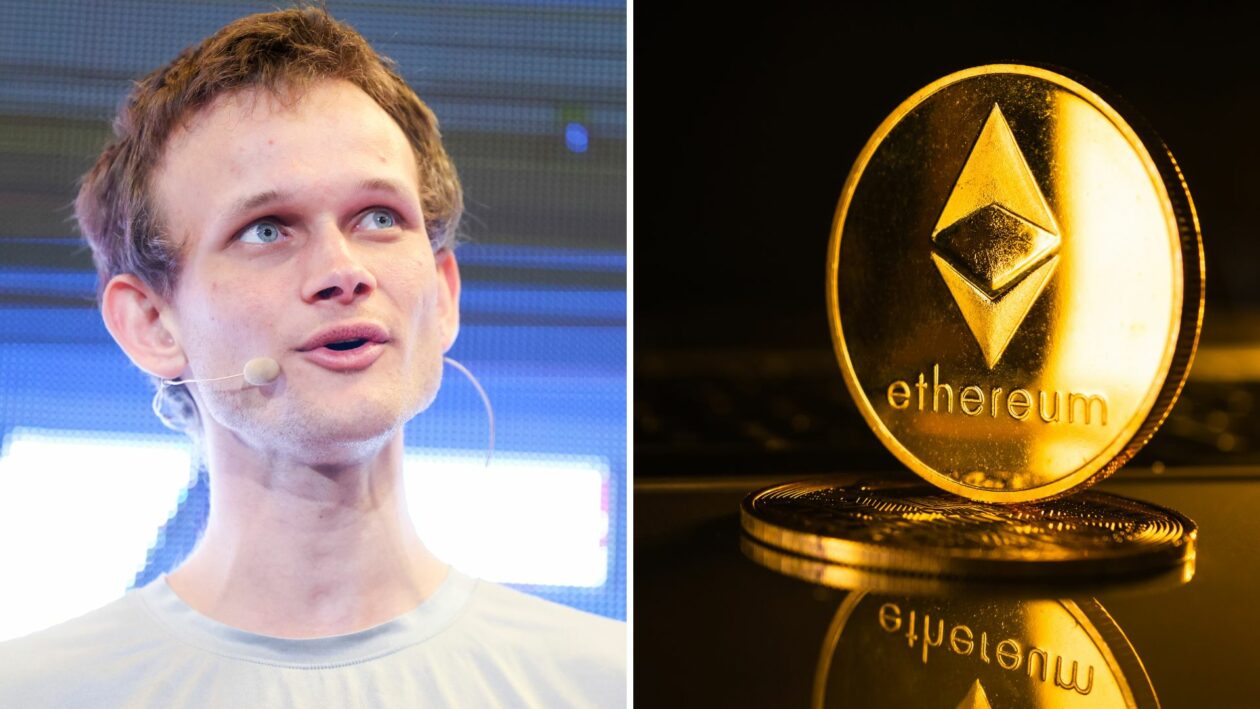The long wait for the upgrade to the Ethereum network is over as the completion of the final section known as the Paris upgrade was concluded at 2:45 p.m. Hong Kong time, according to the Ethereum Foundation.
The fundamental shift in the infrastructure of Ethereum in what became known as The Merge will transform the blockchain, the world’s second-largest with a US$200 billion market capitalization, to slash its energy use while potentially increasing transaction speeds.
Speaking at a live-streamed Merge event hosted by the Ethereum Foundation, Ethereum co-founder Vitalik Buterin recognized the significance of the occasion, but said much more is to come.
“To me, the Merge just symbolizes the difference between early stage Ethereum and the Ethereum we’ve always wanted [it] to become,” he said, “so, let’s go and build out all the other parts of that ecosystem and turn Ethereum into being what we want it to be.”
The Ether cryptocurrency spiked on Thursday to as high as US$1,648 before retreating 0.5% to US$1,611 immediately following the Merge announcement.
The world’s second-largest token by market cap had gained about 50% in the past three months in the lead-up to the Merge. However, broader macroeconomic concerns, such as U.S. inflation and rising interest rates, had taken the steam out of crypto market prices in recent weeks.
“It’s a very interesting time for the Merge to happen because you have this macro narrative which is weighing on risk assets,” Justin d’Anethan, Institutional Sales Director at digital asset trader Amber Group, told Forkast in an interview. “Then you have the Merge which should be a very bullish or very enthusiastic moment for crypto investors.”
See related article: All aboard the good ship Ethereum for The Merge. Next stop?
“I’m still broadly bullish on Ethereum, but the timeline itself remains to be seen, there’s a lot of variables so I wouldn’t try to predict it for the next few weeks or months,” d’Anethan said.
The Merge means Ethereum has moved to a proof-of-stake (PoS) consensus system from a proof-of-work (PoW). PoS has transactions on the blockchain validated by users in accordance with how much Ether they have staked in the network. PoW is the original mechanism involving validation by crypto miners using energy-hungry computer farms, the method used by the world’s largest cryptocurrency, Bitcoin.
Ethereum’s shift to PoS will slash the network’s energy use by 99.95%, according to the Ethereum Foundation. That’s beneficial to Ethereum and the entire crypto industry as it comes under scrutiny amid a global push to decarbonize economies, Jonathan Victor, head of NFT and Web3 storage for open-source research and development firm Protocol Labs, told Forkast in a written statement.
“Most industries are targeting net zero by 2050, and with the Merge, ETH will get substantially closer to this goal,” he said, adding this is a particular issue for non-fungible tokens (NFTs) — the vast majority of which are hosted on Ethereum. “This migration will put even the most vocal [NFT] critic’s concerns to rest.”
See related article: Fungible after all? Duplicates may disrupt NFT industry after Ethereum Merge
Amid the excitement and buzz around The Merge, d’Anethan advised investors and the broader crypto community to keep a cool head.
“I think it’s very important for investors to see through all the hype and understand that this isn’t the end game,” said d’Anethan. “[it] leads the way for a lot of future upgrades that are coming to Ethereum.”





